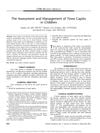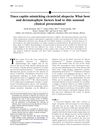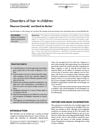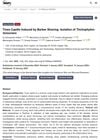Management of Tinea Capitis in Childhood
July 2010
in “
Clinical, cosmetic and investigational dermatology
”
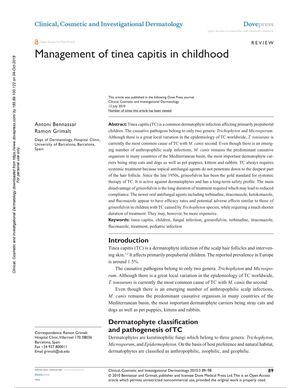
TLDR To treat tinea capitis in children, oral antifungal medication is necessary, with newer drugs offering shorter treatment times than the traditional griseofulvin.
Tinea capitis (TC) is a dermatophyte infection prevalent in prepubertal children, primarily caused by Trichophyton and Microsporum genera, with T. tonsurans being the most common pathogen and M. canis second, especially in the Mediterranean region where pets are significant carriers. Systemic treatment is necessary as topical agents cannot reach the deepest part of the hair follicle. Griseofulvin has been the standard systemic therapy since the late 1950s due to its effectiveness against dermatophytes and long-term safety, but its main drawback is the lengthy treatment period which can affect compliance. Newer oral antifungals like terbinafine, itraconazole, ketokonazole, and fluconazole have similar efficacy and potential side effects as griseofulvin for TC caused by Trichophyton species but require shorter treatment times, although they may be more costly.
